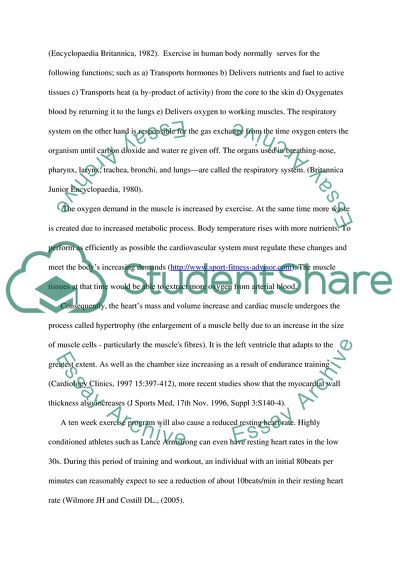Cite this document
(Anatomical Alterations of the Cardiovascular and Respiratory Systems Term Paper, n.d.)
Anatomical Alterations of the Cardiovascular and Respiratory Systems Term Paper. Retrieved from https://studentshare.org/health-sciences-medicine/1732861-cv-adaptation
Anatomical Alterations of the Cardiovascular and Respiratory Systems Term Paper. Retrieved from https://studentshare.org/health-sciences-medicine/1732861-cv-adaptation
(Anatomical Alterations of the Cardiovascular and Respiratory Systems Term Paper)
Anatomical Alterations of the Cardiovascular and Respiratory Systems Term Paper. https://studentshare.org/health-sciences-medicine/1732861-cv-adaptation.
Anatomical Alterations of the Cardiovascular and Respiratory Systems Term Paper. https://studentshare.org/health-sciences-medicine/1732861-cv-adaptation.
“Anatomical Alterations of the Cardiovascular and Respiratory Systems Term Paper”. https://studentshare.org/health-sciences-medicine/1732861-cv-adaptation.


